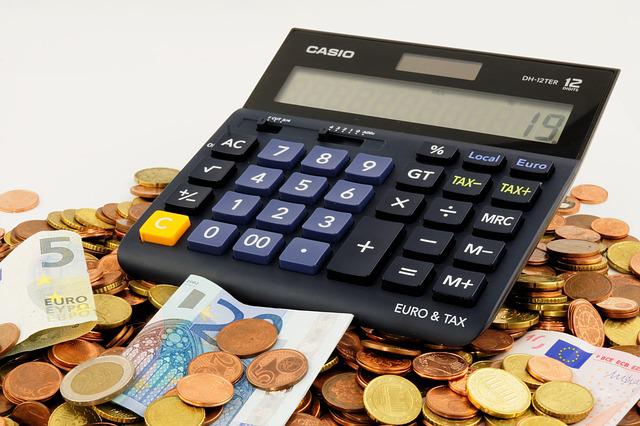In this article, we have covered the highlights of global market news about the GBP/USD, Gold price, EURUSD and AUD/USD.
GBP/USD falls to 1.2000 after UK CPI, although the damage seems to be mitigated by a weaker USD.
On Wednesday, the GBP/USD pair increased for the fourth straight day, moving back toward the two-week high attained the day before. However, the rise lacked bullish conviction and faltered again close to the 1.2040-1.2045 area. Following the publication of the UK consumer inflation numbers, spot prices swiftly declined a few pip-points, and they currently seem to have steadied around the psychological level of 1.2000.
The headline UK CPI increased to a YoY rate of 9.4% in June, above expectations that it would increase to 9.3 percent from 9.1 percent in May, according to the UK Office for National Statistics (ONS). According to the monthly numbers, the UK CPI increased by 0.8 percent in June as opposed to the 0.7 percent forecast and 0.7 percent increase in May. The core inflation rate, which excludes volatile food and energy prices, dropped to 5.8 percent YoY in June from the 5.9 percent recorded in May. This led to significant intraday selling around the GBP/USD pair as it was seen as a central element acting as a headwind for the British pound.
Gold price fluctuates over $1,710 and remains unimpressive despite a weakening DXY.
In the Asian session, the price of gold is fluctuating back and forth within a small range of $1,710.00-1,715.33. The precious metal is trading poorly in an environment of low volatility. More generally, a balanced auction profile can be drawn by considering the previous week’s price movement. Investors should be prepared for massive changes sooner since a decrease in volatility is often followed by an increase in the same.
Since the first tick of the trading day, the US dollar index (DXY) has been steadily falling on the dollar front. A negative open drive structure suggests that the downward bias will continue throughout the European session. After breaching Tuesday’s low at 106.40, the DXY will continue to lose money. Following last week’s printing of a 19-year high of 109.30, the asset has lost more than 2.60 percent.
The EURUSD price continues its ascent toward 1.0300 as attention turns to the ECB.
After regaining upward momentum early in the Asian session around the 1.0220 zone, the EURUSD price is now trading at 1.0250. The hawkish ECB predictions and the current general US dollar drop continue to favor the pair.

Early on Tuesday in European trade, the currency pair got a new wave of buying, rising more than 100 pip to two-week highs of 1.0270. Bulls could not maintain their gains, however, as the price concluded the day below the 1.0250 psychological thresholds.
Wednesday is the sixth consecutive day the US dollar has continued to fall from its two-decade highs. The Reserve Bank of Australia’s (RBA) and the ECB’s tightening expectations repricing is severely harming the dollar’s value. The markets have also been relieved by decreasing worries of a 100 basis point Fed rate increase in July and decreasing recession chances. Many investors now believe the market has reached a bottom. The dollar’s decline in value relative to its key rivals is also being aided by the optimistic market mood.
AUD/USD Price Analysis: Establishment above the 0.6900-0.6923 supple zone is expected.
In the last minutes of Tuesday’s New York trading session, the AUD/USD pair made an upward breach of the consolidation that had been created in the region of 0.6883 to 0.6913. The asset has retested its July high at 0.6927 and is seeking further gains in the face of a declining US dollar index (DXY).
The crucial supply zone, located in the constrained range of 0.6923 to 0.6990, has been challenged by Australian bulls. To raise its auction profile, the asset could establish above the same. Essential support will be provided for the counter by an upward sloping trendline drawn from the low on July 14 at 0.6680 to the low on July 15 at 0.6734.
Please click here for the News Updates from July 19, 2022.


